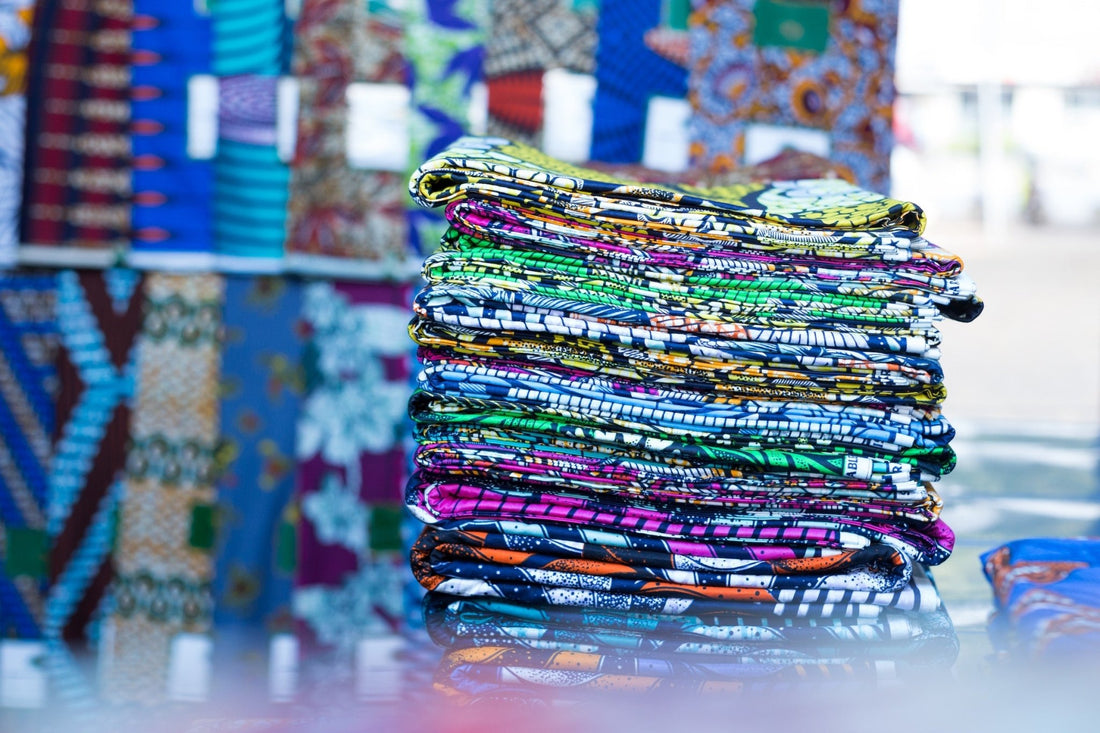
Unraveling the Rich History of African Clothing and Textiles
Share
African clothing and textiles have a captivating history that spans centuries and encompasses diverse cultures and traditions. The continent's clothing heritage is a tapestry woven with stories of craftsmanship, symbolism, trade, and cultural exchange. In this blog post, we embark on a journey through time to explore the fascinating history of African clothing and textiles, shedding light on their significance and evolution.
Ancient Origins: From Furs to Fibers
The history of African clothing can be traced back to ancient times when early African societies utilized natural materials to create garments. Animal skins and furs were the earliest forms of clothing, providing protection against the elements. As agriculture and weaving techniques developed, fibers such as cotton, silk, and raffia palm became essential for clothing production.

Traditional Techniques: Weaving, Dyeing, and Embroidery
African textiles are renowned for their intricate craftsmanship and traditional techniques. Weaving, using looms and handheld devices, played a vital role in textile production across the continent. Techniques such as strip weaving, warp and weft weaving, and narrow loom weaving produced various types of fabric, including Kente, Bogolanfini (mud cloth), and Aso Oke. Majority of these fabrics have now evolved into modern day wears used by African Brands such as Zee Store to create appealing pieces.
Dyeing methods also held cultural significance. Indigo, obtained from the indigofera plant, was widely used for dyeing fabrics, resulting in vibrant blue hues. Adire in Nigeria and Bogolan in Mali are examples of traditional resist-dyeing techniques. Embroidery, bead-work, and appliqué were employed to add intricate embellishments and tell stories through clothing.
Symbolism and Cultural Significance
African clothing has always been imbued with symbolism, reflecting social status, cultural identity, and spiritual beliefs. Patterns, colors, and motifs often held specific meanings within communities. For instance, in West Africa, Adinkra symbols from Ghana communicated proverbs and values, while Ndebele beadwork in Southern Africa conveyed messages of marriage, wealth, and fertility.

Contemporary Revival and Global Influence
In recent decades, there has been a resurgence of interest in African clothing and textiles. Fashion Brands and enthusiasts worldwide like Zee Store celebrate the vibrancy, patterns, and cultural significance of African fabrics. From runway shows to everyday wear, African textiles like Ankara, Kitenge, and Shweshwe have gained global recognition, showcasing the beauty and diversity of African fashion.
The history of African clothing and textiles is a testament to the creativity, craftsmanship, and cultural richness of the continent. From ancient origins to contemporary adaptations, African clothing has evolved, reflecting the diverse traditions and influences that have shaped Africa's cultural tapestry. As we celebrate the vibrant colors, intricate patterns, and symbolic significance of African textiles, we pay homage to the artisans, weavers, and designers who have preserved and reinvented these cherished traditions, ensuring that the legacy of African clothing continues to thrive.

